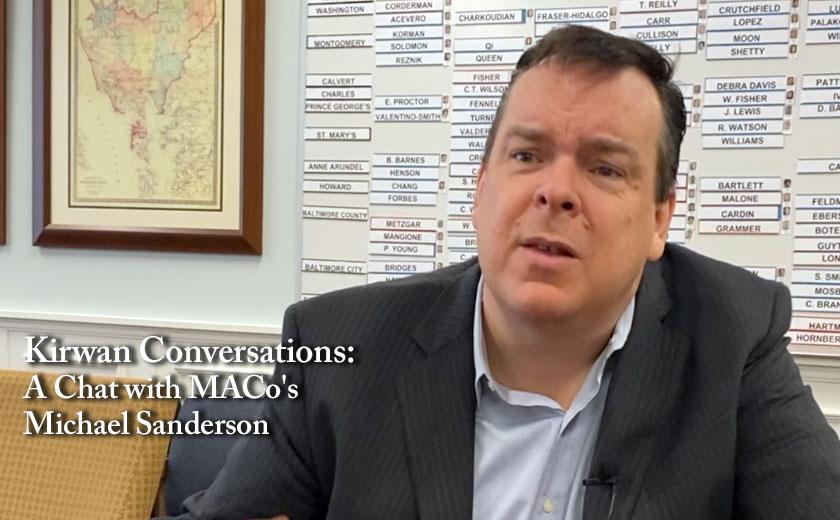To use Michael Sanderson’s own words, as the Spy starts a special series on the landmark Kirwan Commission and the resulting legislation now under consideration in Annapolis, he calls it “this most consequential policy decisions that any of these policymakers are going to make during their whole political career.”
In terms of public schools in the state, the stakes have never been higher as Maryland’s General Assembly and Senate debate a bill that would increase spending by $4 billion a year within the next ten years.
Given these circumstances, the Chestertown Spy and Talbot Spy have begun a series of interviews with significant stakeholders both in the capital but in Kent and Talbot Counties to understand the local impact of Blueprint for Maryland’s Future.
We begin with Michael’s perspective as someone who, for decades, has headed up the Maryland Association of Counties (MACo). In his Spy interview, he talks about this historic nature of the Blueprint, and in particular, the effect on Kent and Talbot Counties.
This video is approximately twelve minutes in length. For more information about the Maryland Association of Counties please go here.



MrBethesda says
A major goal of Kirwan funding is to increase teacher pay and benefits. If those pay and benefits are so terrible now, that should mean that every one of our 24 jurisdictions has a real problem attracting teachers. But is that so? Why aren’t we told how many applicants there are for each system’s vacancies? My feeling is that each system has a large number of applicants but I can’t prove it. If those data were made public, we would have a better idea of the situation.
Bill Mocarsky says
I was wondering if the proposed legislation could have been broken into several pieces so that it would be possible to try smaller/less ambitious actions that would have measurable results over a reduced period of time so that one could judge the effectiveness of the plan.
I agree with Mr. Sanderson’s assessment that this is essentially dictating to the local counties what their policy towards education will be and substantially change the percentages of the county’s budget that goes towards education.
I believe efforts to “better the quality of education” have been tried in the past and apparently have not been very successful – or else this legislation would not have been necessary. Why should we believe the results of this effort should be any better than before?